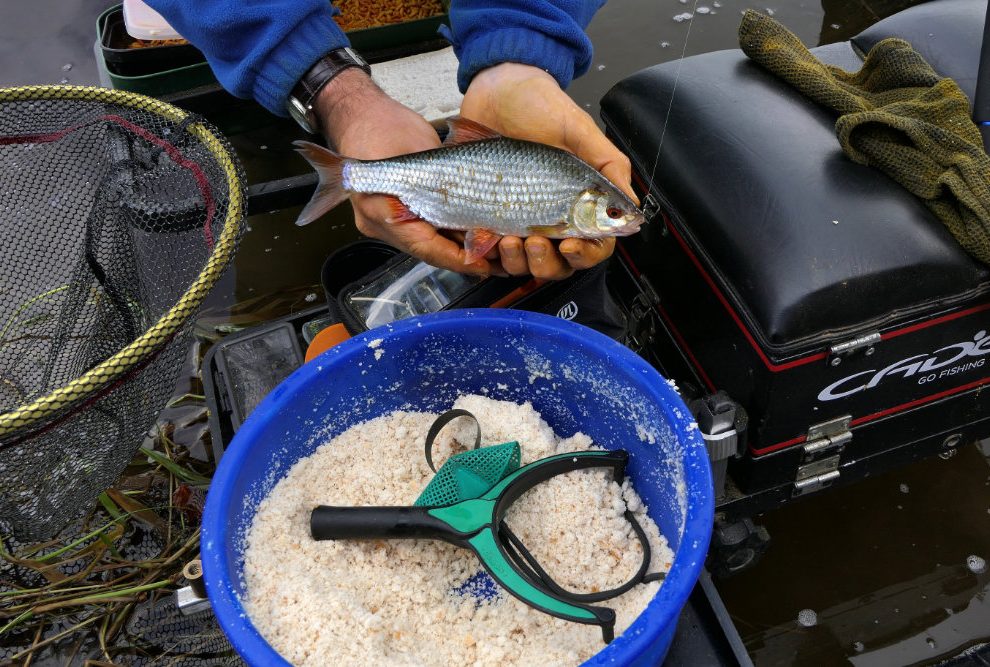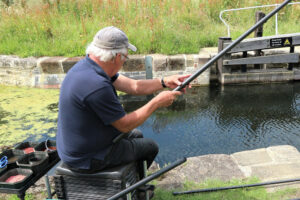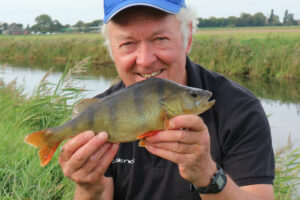I can remember it almost like it was yesterday: I was a 12-year-old boy just starting to become obsessed with fishing, which meant religiously buying the Angling Times and Anglers Mail each Wednesday.
It was September 1975 and that week’s angling weeklies had all the details from the World Championships, fished on the Bydgoszcz Canal in Poland, and an English bloke called Ian Heaps had only gone and won the gold medal, becoming World Champion!
Picked to fish for England by Stan Smith, Ian’s brilliant individual performance on his England debut carried a disappointing England team to second spot. Though results were calculated on both points and weight, Ian set a record weight for the three-hour match of 22 ½ lbs, taking eight bream, two carp and four roach.
What’s more, he had done it using a method called the slider, something that, up to that point in my early angling years, I had never heard of.
Now the canal in question that Heapsy shot to fame on wasn’t like the sort of narrow canals found in the industrial North West. This one wasn’t 14 meters across and four feet deep. It was more like the Gloucester Canal, a proper ship-going canal, forty-plus meters wide and up to 18 feet deep and deeper. Proper!!!
That did it for me. I had to find out more about this method and add it to my skill set. The trouble was, around where I lived there weren’t any waters deeper than 12ft unless you included the River Ribble, which is where I went to demonstrate the art of slider fishing for this blog.
I headed back to my lovely old stamping ground of Grimsargh, where I grew up. My local stretch as a youngster was at Elston Old Hall Farm, which is now under the control of Wigan AA. There is a salmon pool that is 22ft deep at its deepest point. In my mid-teens, I used to fish it in the winter months and scored some success by fishing a top and bottom slider, offering matchbox-sized pieces of bread flake on a size 8 hook, sliding the float to the full depth of 22 feet.
By then I had acquired two classic match fishing books, Match Fishing Our Way by the late Clive Smith and Ken Giles (Sir Kenneth to me); and Kevin Ashurst’s wonderful World Class Match Fishing.
Both had a lot of great information about slider fishing, which I wasted no time in putting to good use. I can remember one particular New Year’s Day, when I was 16 or 17, fishing the river and catching 30lb of pup chub, all fish around the 1lb mark, using the slider with bread.
It was so cold that day that I kept having to dip the eyes of my Craddock Dave Thomas carbon 13ft match rod in the cap of a glycerine bottle to stop ice from forming in them and stopping me from fishing.
And when I removed my keepnet and stretched it out on the bank to dry, after returning the fish, it froze solid in less than a minute, and I had to battle with it almost like squeezing a concertina in to fold it flat.
Thermal moon boots or neoprene waders? You’ve got to be kidding. It was bog standard Uniroyal waders and two pairs of socks. No wonder I used to spend hours in front of the fire back home thawing out after a fishing session. Eeh, shining times!
But I digress…let’s look at slider fishing in 2017!
The rod chosen was the Cadence CR10 16ft #1 Match. This is a phenomenal bit of kit. Note I did not use the word awesome. Remember, awesome is a banned word!
The CR10 16ft #1 Match Rod is wonderfully balanced and light in the hand, so when faced with 22 feet of water, as was the scenario for this blog, then why make life difficult by fishing with a shorter rod? That’s how my mind approaches the situation. With its fast tip action, the CR10 16ft #1 Match Rod picks line off the water with consummate ease but has the perfect marriage of backbone, for casting to distance, and forgiveness in the tip and mid-sections to cushion the strike.
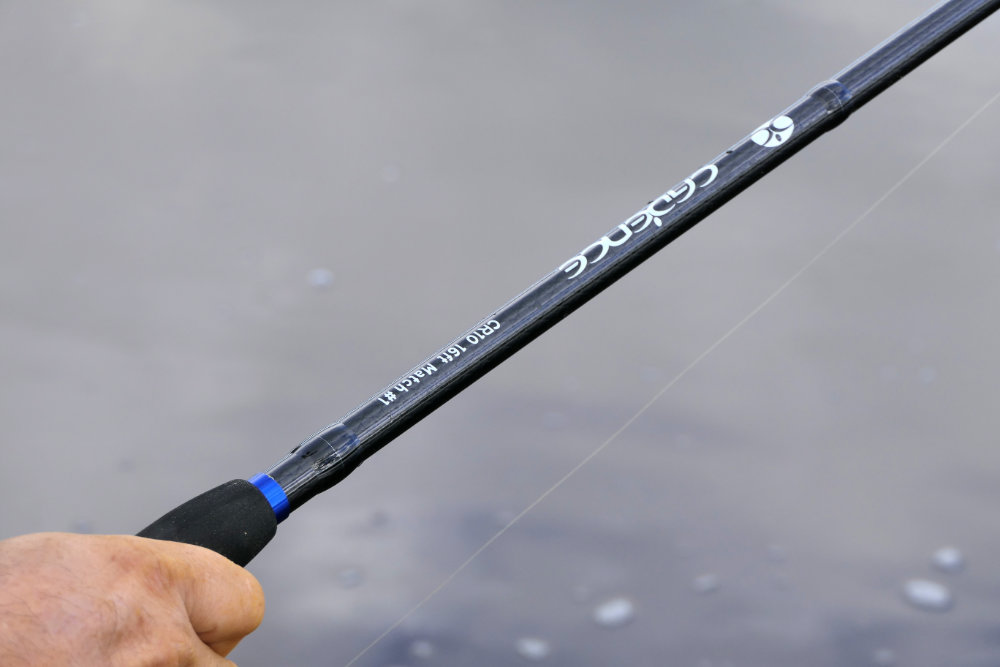
I teamed it with a Cadence CS8 4000 sized reel, loaded with Drennan Float Fish 4.4lb line, which for the technically minded has a diameter of .18mm. I do not like to fish with thinner diameter reel lines than this when slider fishing as to do so invites the chance of tangles. Think “thicker line, fewer tangles” and you will not go far wrong.
The reel is important too. You want a reel with a biggish diameter spool to make casting smooth and simple. A 4000 size reel is about right for this game. Selling at £69.99, the Cadence CS8 4000 is a smooth operator that will not let you down.
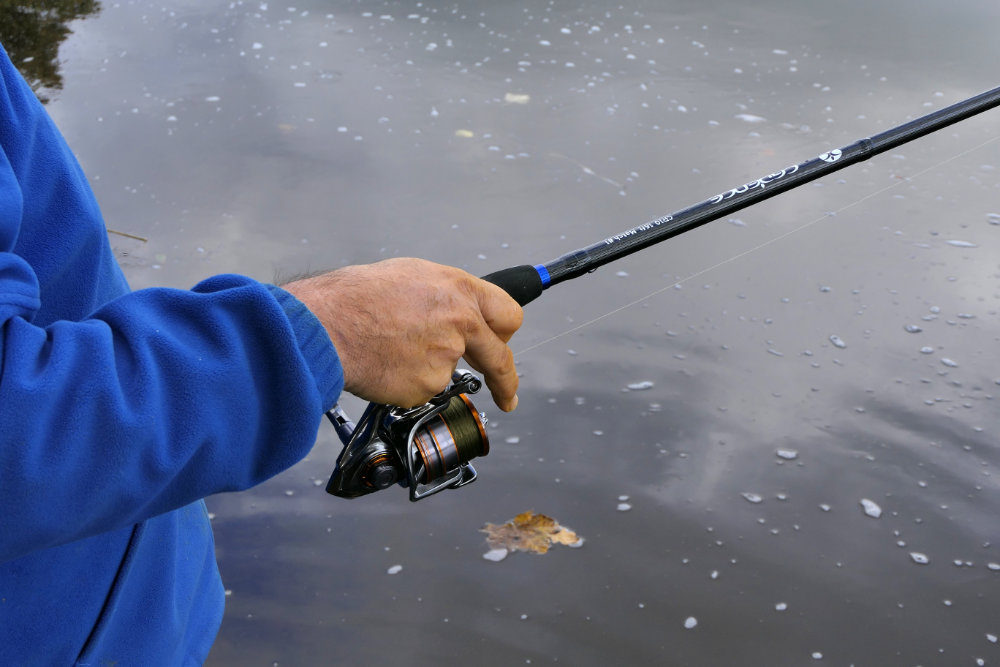
Simplicity is everything where slider fishing is concerned. You can’t imagine someone like Big Kevin Ashurst making anything any more complicated than it needs to be, so why should we lesser mortals do anything differently?
I chose Drennan Float Fish line because it floats without any need for spraying up with silicone, although I always treat my lines to a few drops of a Kryston product called Greased Lightning. This stuff forms a silicone film on the line, and coats the rod’s eyes, creating frictionless casting. It means thicker lines will cast further, and more importantly behave properly. You will notice one of the pictures in this blog shows a close-up of the tip of the slider float and you can see the line sitting on the surface film vividly. Perfect!
The slider float chosen was a Trabucco model with offset top and bottom slider eyes, as shown in another photograph. The model in question takes just a tad over four grammes, enough for a controlled cast 50 or 60 yards out into the river.
I chose a top and bottom slider because of the varying flows in the pool. Immediately in front for a distance of 14 metres from the bank, the flow runs consistently from left to right, heading downstream. However, there is a huge slack area from 14 metres out, and at around the 40 to 60-metre mark, the river backs up, upstream. This slack area is where the fish like to be, in the deeper water, safe from predators such as otters and cormorants.
The problem from an angling point of view is that the current directly in front of my fishing position wants to pull any line downstream. That is another reason for choosing the longer rod so that I can hold the rod up at a 30-degree angle and keep the line off the ‘left to right flowing water’ in front of me, helping with the presentation as the slider trots upstream out in the middle of the river.
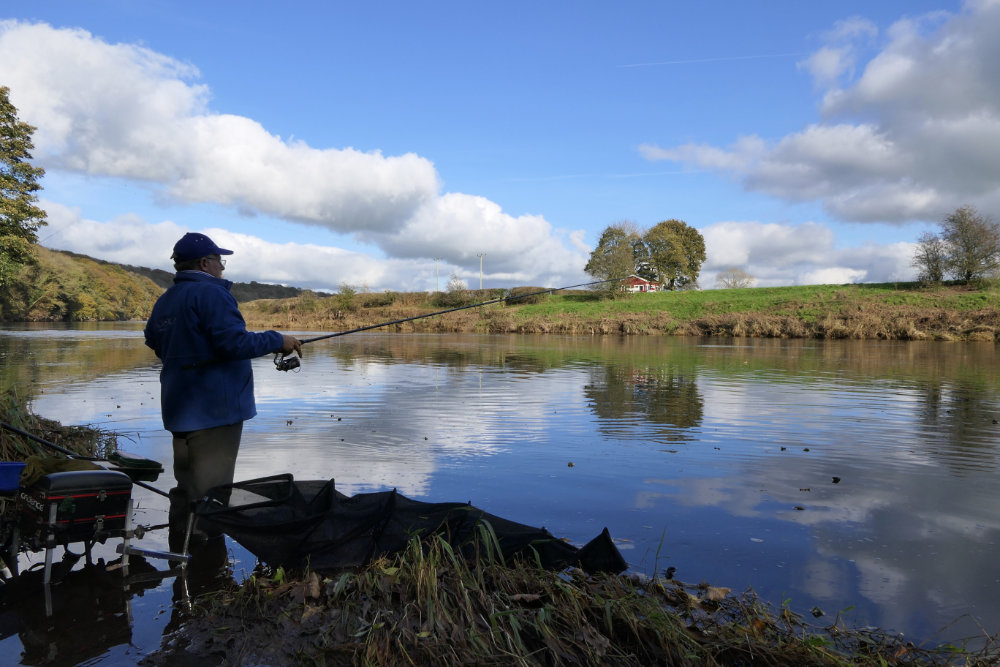
In years gone by I used to use a group of shot for the bulk, and still do when fishing a bottom only slider. It is much easier to set a float to exact depth by removing shot and fixing on a proper heavy plummet, reading the float down on the antenna to make small adjustments to find the exact depth.
However, knowing this peg inside out and knowing the depth pretty well, I chose to attach a four-gramme Olivette. You can either use micro rubber float stops to secure an Olivette in place, or lock it with shot, but I always slide the float of the bulk, straight up to the stop knots (note plural, not singular).
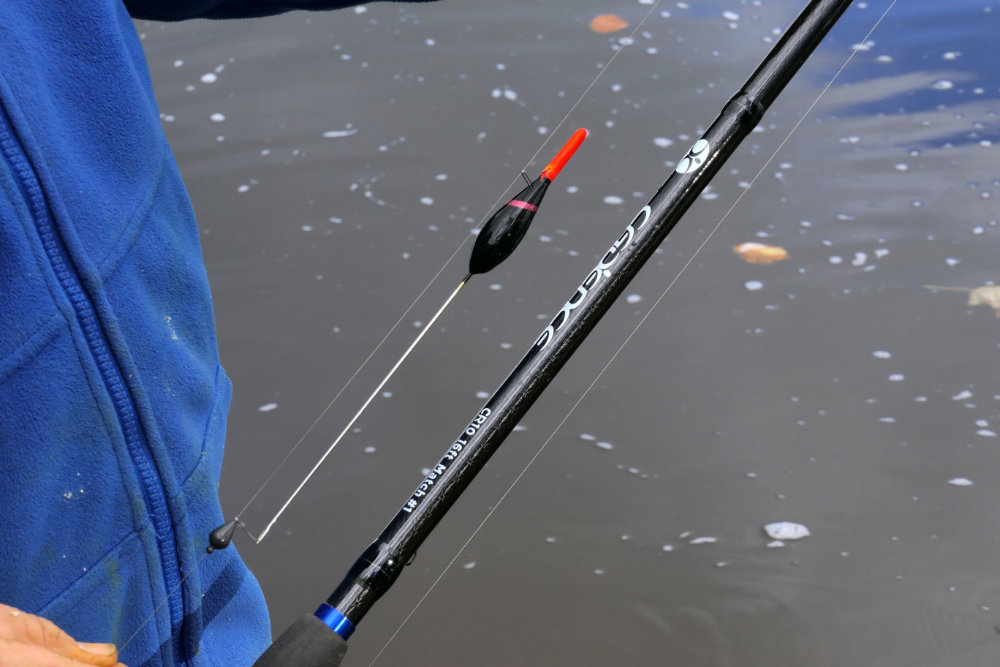
The Olivette is fixed four feet from the hook, a Colmic B957 size 14, which is tied to a 10-inch length of .12mm hook length, which is then attached via a small swivel to the main line. Incidentally, both the main and hook length lines are attached to the swivel by tying a small figure of eight knot in each and lassoing them through the swivel eyes.
Regarding the shotting pattern, I position a BB telltale shot 12 inches above the swivel and then there is a further 26 inches distance between the tell-tale shot and the bulk. These incremental distances between the swivel, telltale shot and bulk help to keep tangles to a minimum. You can always add another shot or shots, say a number six or two number eights, tight up against the top of the swivel to help feather the business end of the rig down without tangling.
Let’s talk about the stop knots. These need to be of a low enough diameter when tied to go through the rod guides unhindered when casting and retrieving a fish, but big enough NOT to allow the slider eyes to pass over them. I tend to use .20mm line to tie the stop knots when using .18mm mainline. The two stop knots sit tight to each other, and the reason for this is so that they do not slide on the line. If you put only one stop knot on the line, it can move, which can have an impact on presentation and your chances of attracting bites.
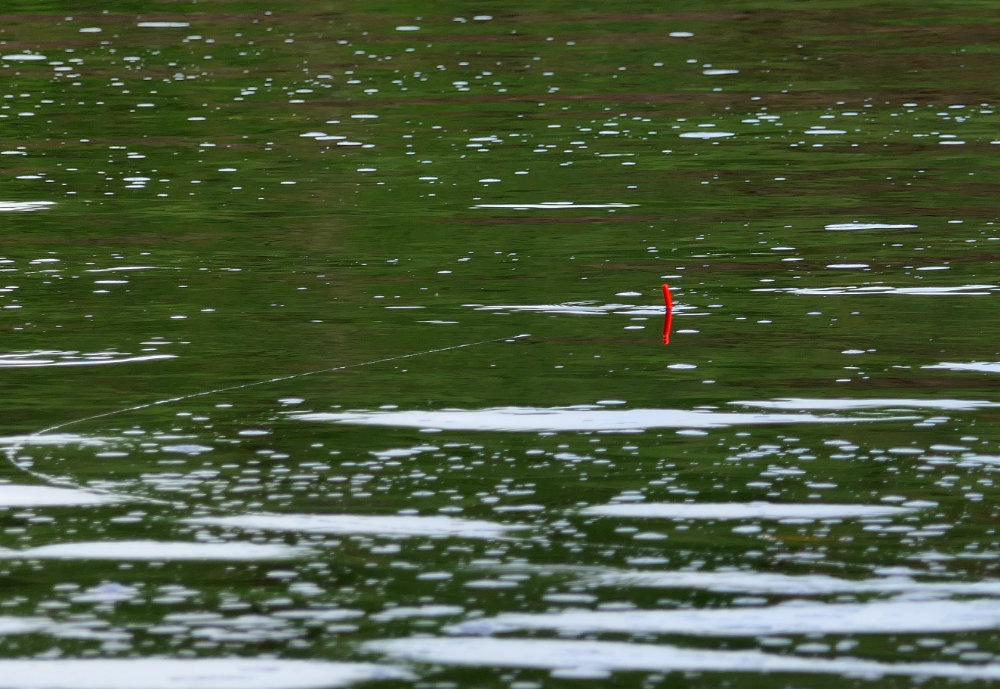
Now a word about casting. People can run into problems trying to cast sliders. The key thing to remember is to cast slowly and smoothly. There is nothing forced about casting a slider. You are casting a reasonable amount of weight and, particularly when casting bottom-end wagglers which tend to carry some loading in the base, you do not want to have the float separating away up the line from the bulk until the rod has compressed and punched the float away towards the target.
The cast is almost like a bit of a pendulum action. You lift the rod, swing the float forwards then lift the rod higher and allow the float to swing back behind the rod. At this point, you accelerate the rod forward, albeit under control, and then send the float out on its way to the target area. Keep the rod in an elevated position of 45 to 60 degrees as you watch the float following the bulk through the air, and as it approaches the landing area gently feather the line from the spool with your index finger, ensuring the hook, telltale shot and bulk land in a straight line beyond the float.
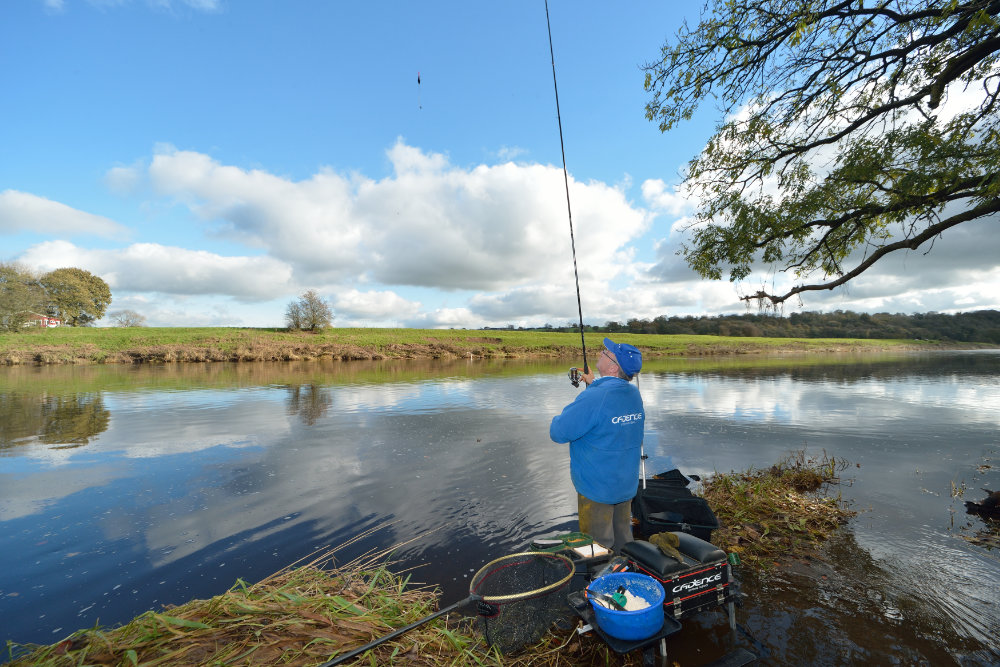
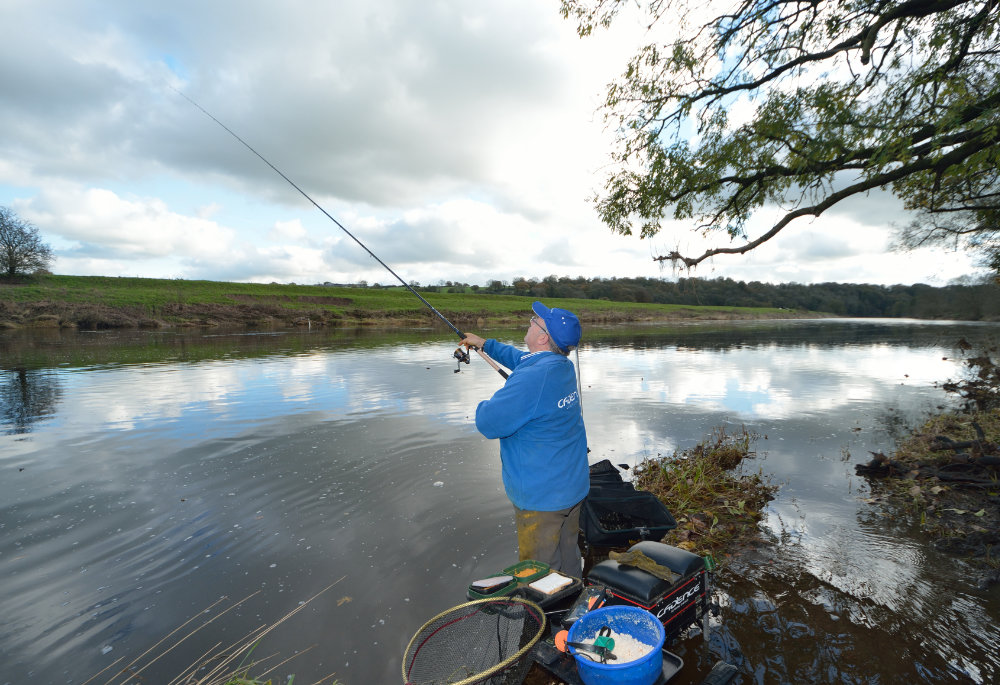
I know it is quite a technical subject, and there is a good amount of information to take in, but believe me, a little bit of practice is all that is required to get on top of a rewarding style of fishing. Longer rods available today do make it very much easier than when Ian Heaps was conquering the summit of world match angling more than 40 years ago.
Getting back to the day’s action and in summary, I had a lovely catch of 14 to 16lb of roach and dace which all came to a mixture of maggots or bread on the slider.
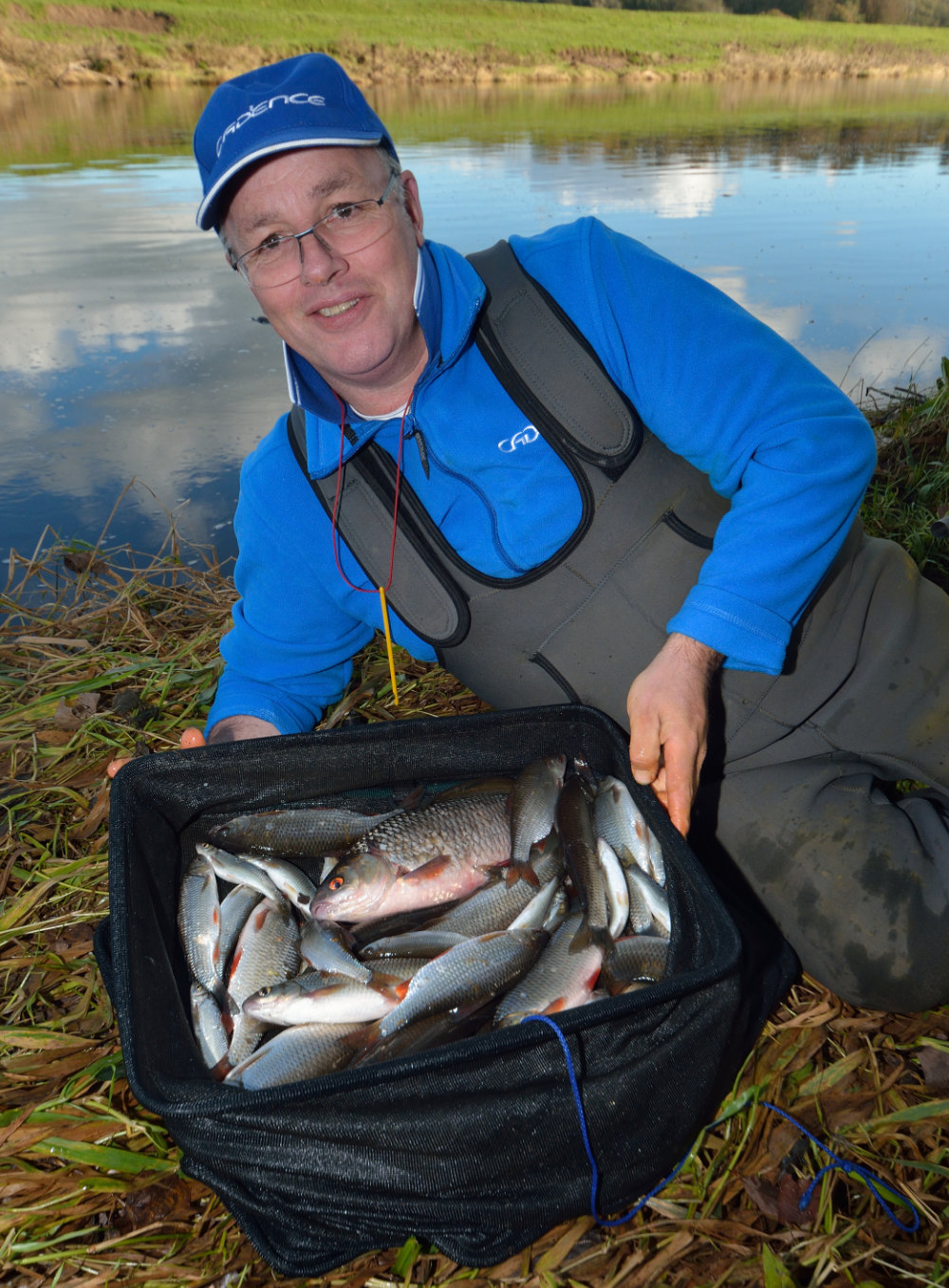
I used a 10mm bread punch and put two discs of bread on the hook. I fed the swim with liquidised bread.
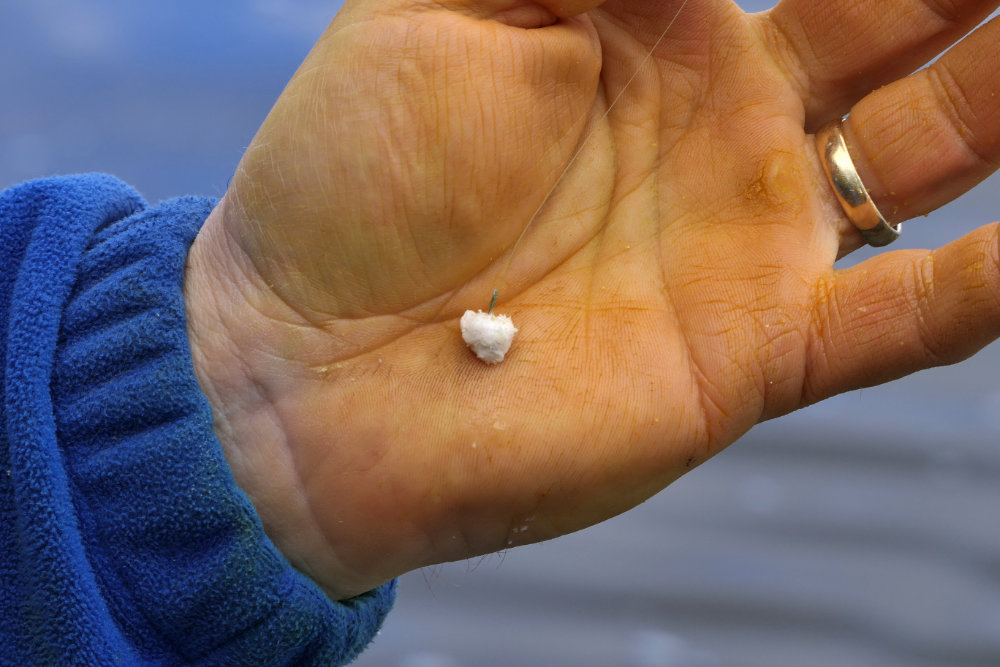
To make this stiff enough to fire out with a catapult I add a couple of handfuls of fellow Cadence ambassador Terry Trueman’s superb oven-baked punch crumb. I also lace the liquidised feed with some hempseed to add to its weight to send it out into the river, and in any case what is there not to like about hemp if you are a chub, a roach or a dace?
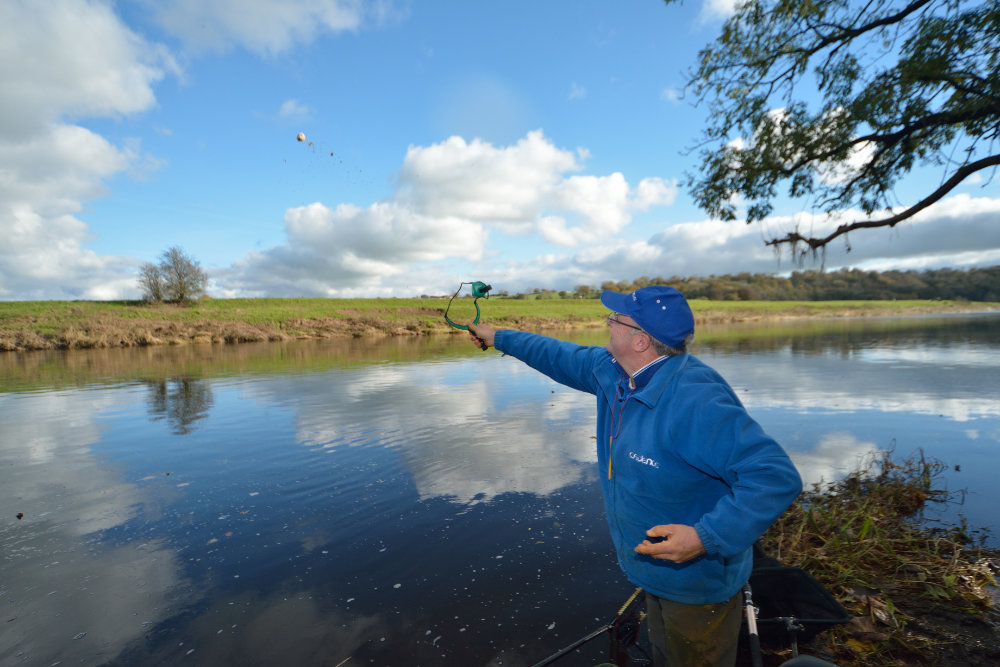
Make sure the ground bait balls are all the same size as this helps when firing out the necessary distance. My apologies to more experienced readers who don’t need me telling ‘grandma how to suck eggs’ but for the uninitiated or newcomers to fishing, little bits of advice such as this can seem anything other than obvious.
So there it is. A beginner’s guide to the top and bottom slider. I hope that it helps you to catch more fish and who knows, it could result in you one day becoming a world champion like a friendly little chap from Stockport!
Fishing the top and bottom slider on the River Ribble
